Unsung Heroes
Lucy Ann Delaney
Although it didn’t set a precedent the way Winny’s case or the Scotts’ case did, Lucy Ann Delaney’s freedom suit is one of the most well known, primarily due to the published account of her fight for freedom. Delaney’s mother, who had earlier sued for her own freedom, petitioned the St. Louis Circuit Court in 1842, arguing that Lucy should be freed because she was the daughter of a free woman. Delaney eventually won her case in 1844 at the age of 14 and went on to become a prominent community leader and activist. Her narrative, From the Darkness Cometh the Light, or, Struggles for Freedom, was published around 1892 and is the only first-person account of a freedom suit.
Dred and Harriet Scott
The most famous freedom suit in the U.S. was filed by Dred and Harriet Scott. The Scotts sued Irene Emerson in 1846, claiming free status based on the time they had spent in free territory. The legal battle between the Scotts and Emerson dragged on for more than 10 years before finally making its way to the U.S. Supreme Court.
In 1857 the Court ruled that because the Scotts were slaves, they were actually personal property, not citizens. As property, they couldn’t bring suit in the nation’s courts. The decision sent shockwaves throughout the nation and hastened the onset of the Civil War.
Following the ruling, Emerson returned the Scotts to Taylor Blow, the son of their former owner, who promptly freed the couple and their children. Dred Scott lived only one more year, dying in 1858. Harriet Scott died in 1876.
Frankie Muse Freeman
In 1952, St. Louis’s housing projects were segregated: Carr Square Village was for black families, and the Peabody and Cochran apartments were for white families. To halt the St. Louis Housing Authority’s practice of segregating public housing, attorney Frankie Muse Freeman filed suit in U.S. District Court. As lead counsel for the plaintiff, Freeman argued the case successfully, and in 1955, federal court judge George H. Moore ordered the integration of public housing in St. Louis.
Freeman went on to become the first woman appointed to the U.S. Commission on Civil Rights. She served on that commission under four presidents and was inducted into the International Civil Rights Walk of Fame at the Martin Luther King Jr. National Historic Site in Atlanta.
William “Bill” Clay
William “Bill” Clay was one of the most active and influential civil rights leaders during the late 1950s and early 1960s. He epitomized the shift in tactics and increased militancy that occurred following the protests of early CORE.
When Clay was discharged from the army in 1955, he returned to St. Louis, joined the local NAACP chapter, and sought a charter from the national organization to resurrect the city’s defunct Youth Council. He noted that although most of the Youth Council members ranged in age from 22 to 30, they seemed like infants compared to the regular branch. Within days of its founding, the Youth Council launched a series of demonstrations against segregated dining establishments and discriminatory hiring practices. Clay’s tactics didn’t sit well with the parent branch, however. Ernest Calloway, the local NAACP president, ultimately engineered the revocation of the Youth Council’s charter. In response, Clay and the nearly 200 Youth Council members joined CORE.




